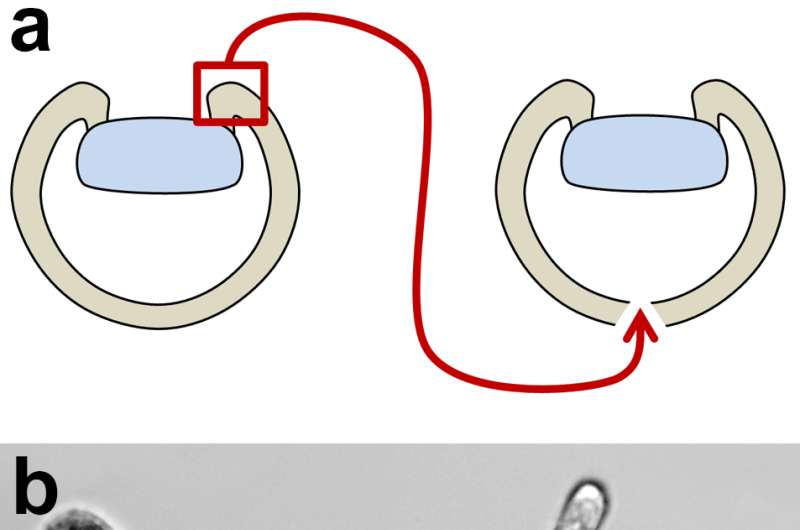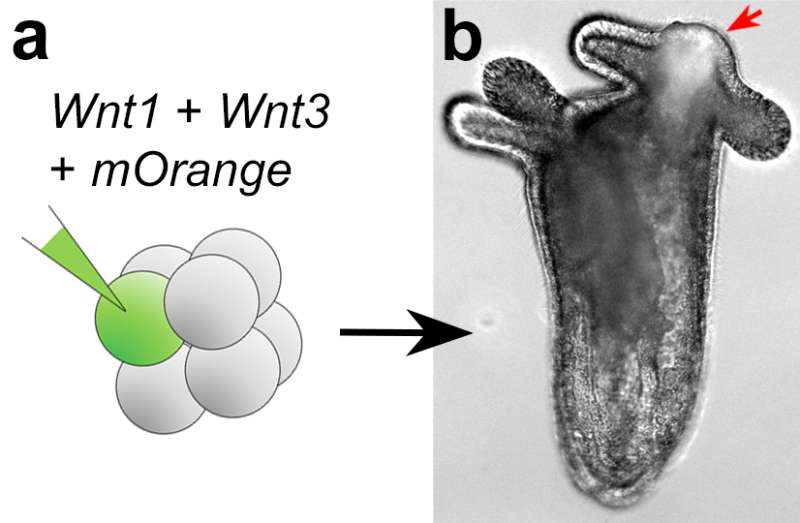The organizer of body axes: 600 million years old molecular principles

In humans and in animals, the correct position of tissues, organs and appendages is essential. Two body axes (the head-tail and the back-belly axes) usually define this position by generating a coordinate system, which supplies each cell in the body with its precise address. Thus, for example, the vertebrate central nervous system is always located on the back, and the intestinal tract on the belly of the animal.
In vertebrate early development, an "organizer" forms in the region of the primitive mouth (the blastopore) of the embryo. This organizer is responsible for guiding axis formation of the organism. Its discovery won Hans Spemann a Nobel Prize in 1935. The organizer tissue instructs the surrounding cells to take part in body axes development, enforcing a certain developmental fate on them. Without an organizer, the embryo would not know where the head, the tail, the back and the belly should be. Mistakes in the regulation of body axes can lead to severe developmental defects, for example to the formation of Siamese twins.
In the last 25 years, the researchers largely elucidated the genetic underpinnings of this very particular part of the vertebrate embryo. The widespread assumption was that the organizer was a specific vertebrate feature, since it was not readily observable in insect or worm embryos.
The team of Grigory Genikhovich and Ulrich Technau from the Department of Molecular Evolution and Development of the University of Vienna now demonstrated that not only the principle of the organizer but also its molecular underpinnings are much older than previously supposed. "By performing transplantation experiments and molecular analyses we have found a blastoporal organizer in the embryos of the sea anemone Nematostella vectensis. For inducing axes, it uses the same class of signaling molecules as the vertebrate organizer", explains Technau. "We conclude that this principle of the regulation of the embryonic axes existed already in the common ancestor of vertebrates and sea anemones more than 600 million years ago".

More information: Yulia Kraus et al. Pre-bilaterian origin of the blastoporal axial organizer, Nature Communications (2016). DOI: 10.1038/ncomms11694
Journal information: Nature Communications
Provided by University of Vienna



















